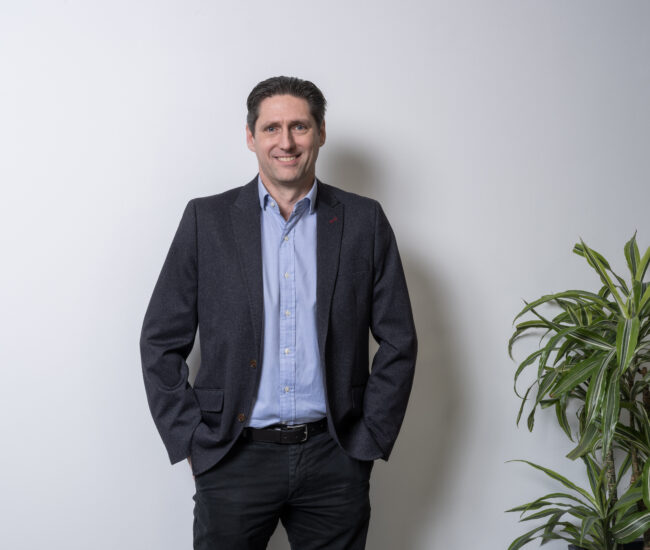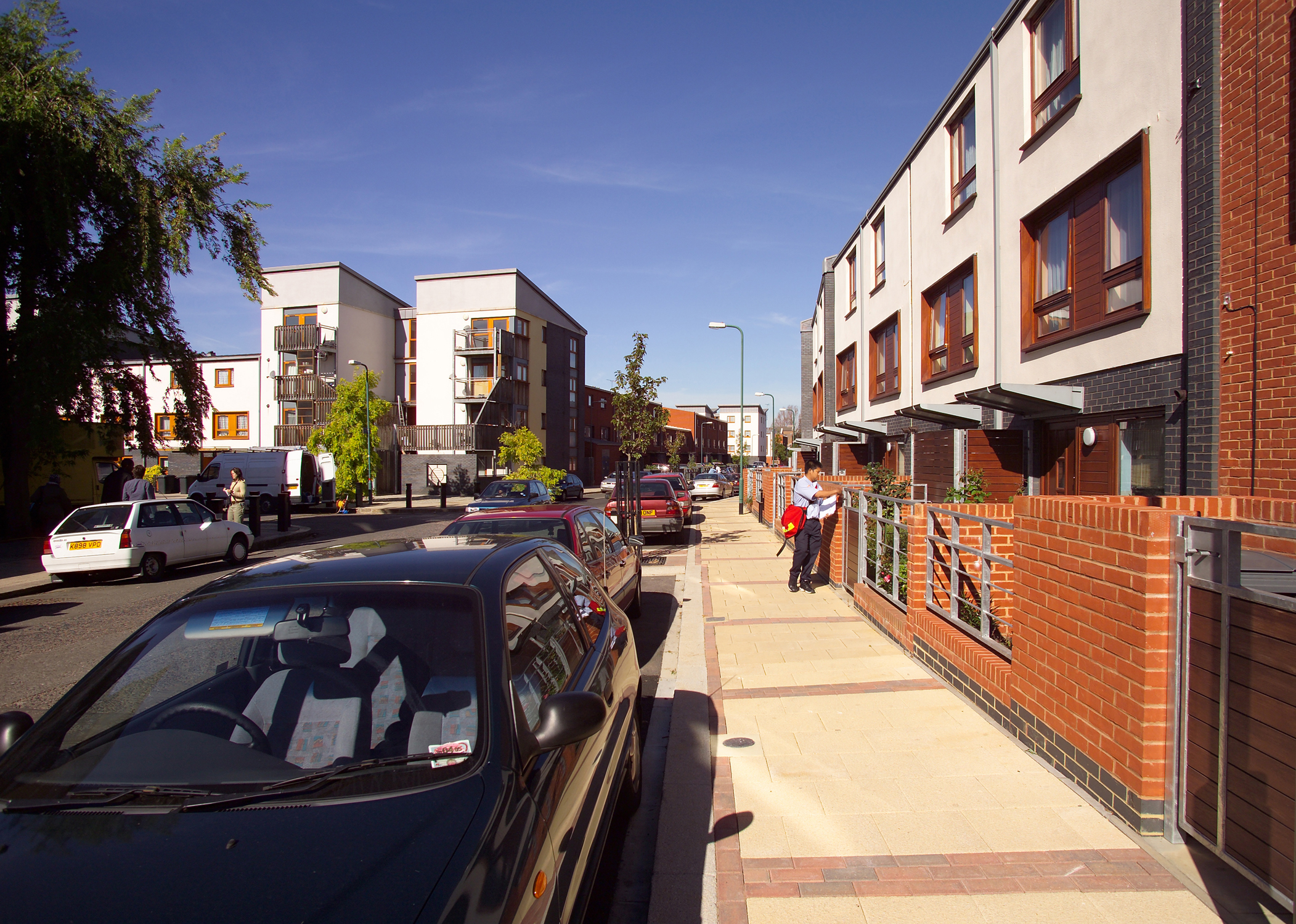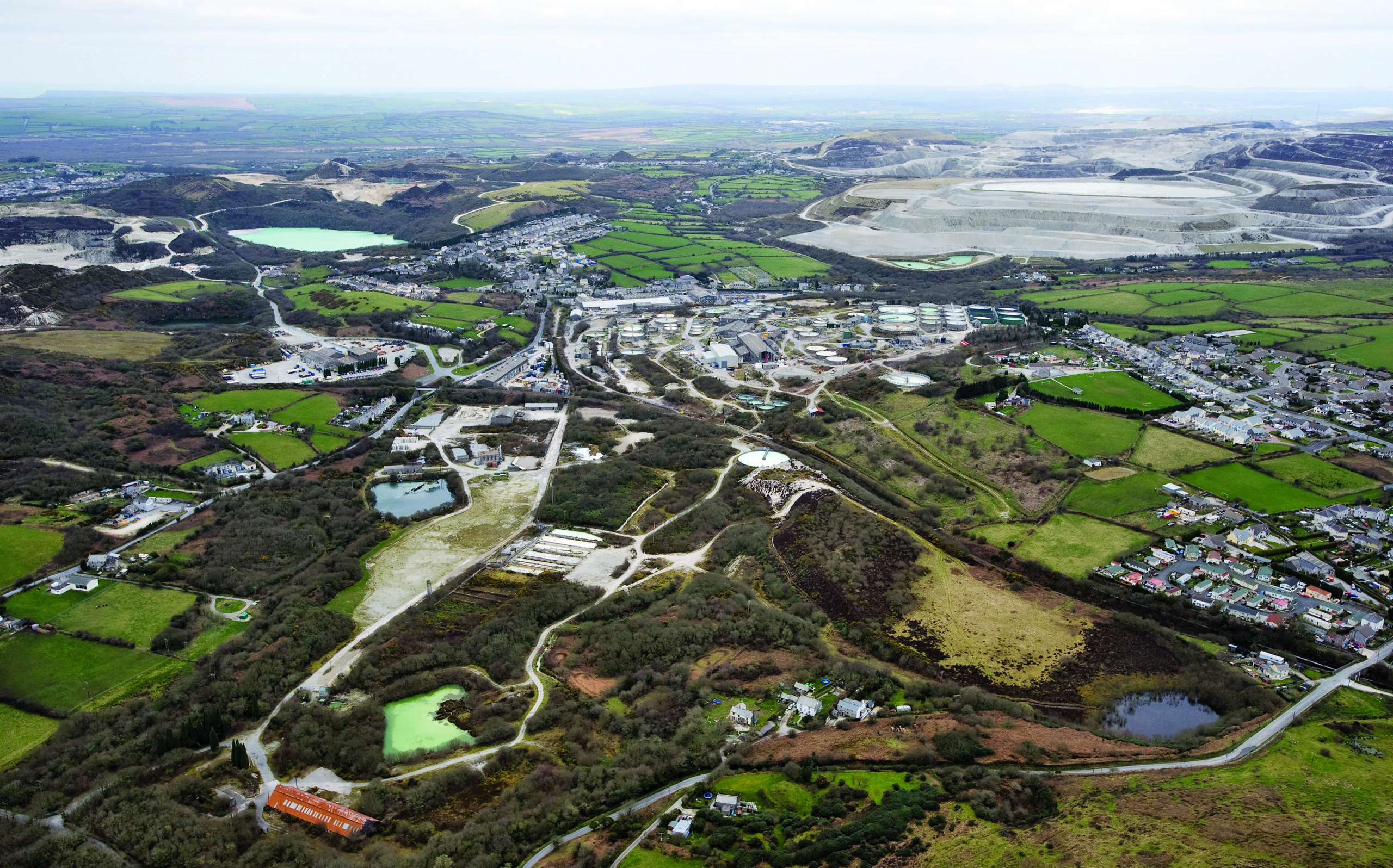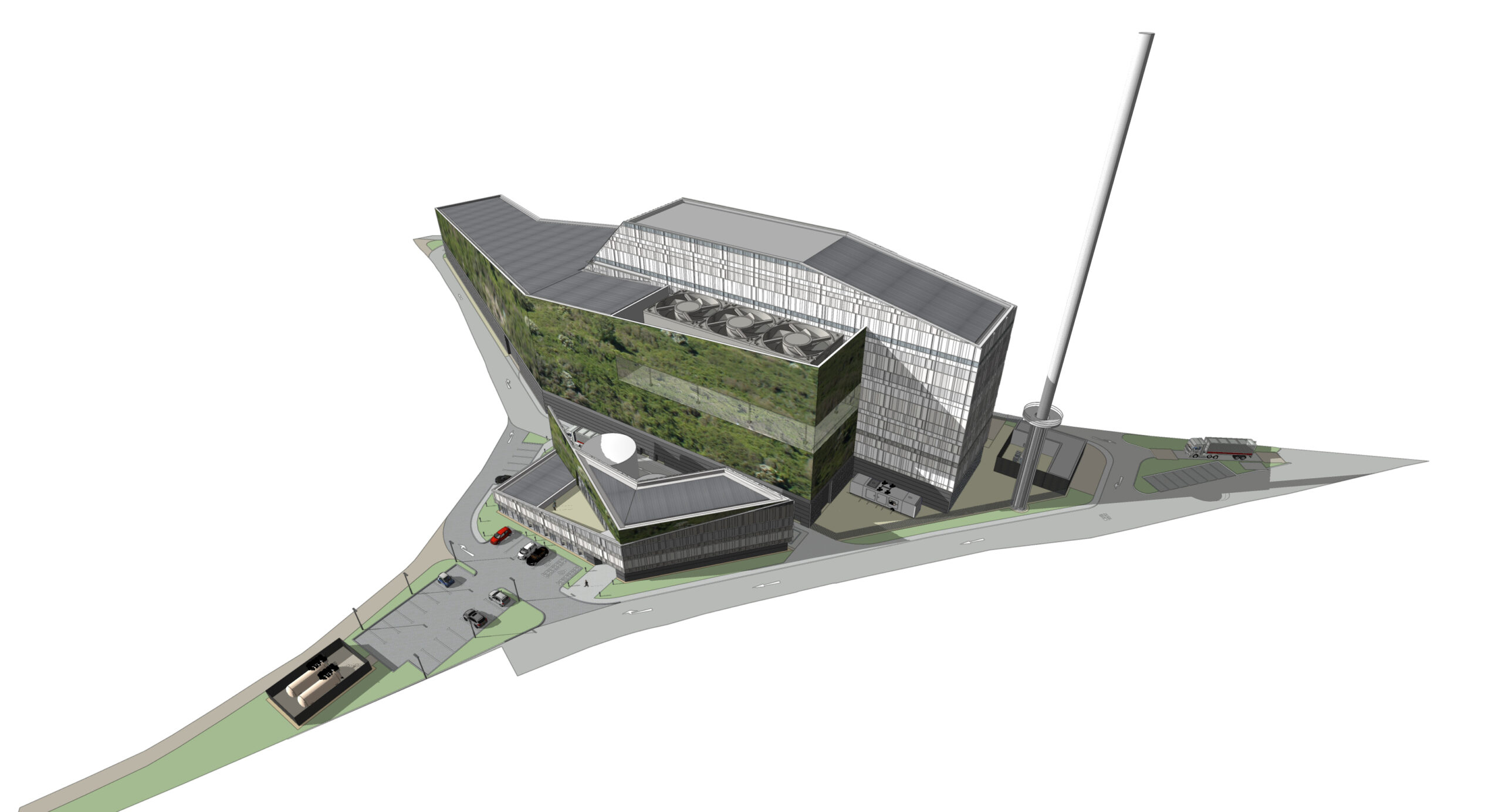
My specific interests include large-scale urban regeneration, education and water, energy and waste related infrastructure projects. I believe that the knowledge and experience we have gained over many years makes a positive contribution towards improving people’s quality of life and protecting the natural environment for the future.
Paul Rogers
Paul joined the practice in 1996 as a graduate planner. Since then he has gained experience working across a range of sectors including housing, mixed-use, regeneration, education and infrastructure.
With responsibility for coordinating the delivery of technical material required to support major planning applications, Paul has recently been heavily involved in progressing applications for large scale infrastructure projects, including solar energy schemes, water treatment works and waste management facilities.
Paul's Projects

Stonebridge
Originally appointed as master planner for the redevelopment of this London estate in 1996, we have provided planning and landscape input to the delivery of various phases of development. The comprehensive regeneration of this 1960’s council estate includes the reprovision 1,600 new homes, new shops, new health and community facilities and improved recreation areas. Early community engagement was critical in understanding local concerns and informing solutions, enabling local residents to lend their support to the long term regeneration initiative. The regeneration has been nationally and internationally recognised through a Royal Town Planning Institute Award and a European Urban and Regional Planning Award.
I gained invaluable experience working on the Stonebridge project and am very proud that the regeneration has led to transformational change with local benefits extending beyond just the bricks and mortar. The lessons learned from this project have informed our work on other large scale housing and mixed-use regeneration projects elsewhere in Brent, Barnet, Enfield and Ealing.

Clay Country Vision
When Imerys Minerals Limited announced a major restructuring of its Cornwall china clay operations, within the St Austell area, over 700 hectares of former minerals land and infrastructure became surplus to requirements. Imerys wanted to use this land resource positively to regenerate the clay area and create a lasting legacy. We identified potential opportunities and prepared a Clay Country Vision, based on creating new sustainable mixed-use communities in and around the existing clay area settlements, to deliver new and affordable housing and stimulate the growth of jobs to tackle socio-economic weaknesses. Having established the principle of development we prepared detailed master plans and a hybrid planning application for delivery of the West Carclaze part of the eco-community.
It was highly enjoyable working with Imerys and the project team to develop the overall concept and address the environmental challenges associated with redeveloping within a unique minerals landscape. I am pleased to have been part of the team that created the foundations for the new emerging communities that are now being built in the clay area.

Portland
We have been providing planning, design and environmental input to a 183,000 tonne per annum energy recovery facility (ERF) within Portland Port on the Isle of Porland, Dorset. The ERF will combust refuse derived fuel, material from which recyclable materials have already been removed. The electricity produced would be supplied to visiting cruise liners and Royal Navy ships (shore power), enabling their engines to be turned off in port. The heat produced could supply a future district heating network serving two prisons on the island. The ERF would enable Dorset to manage its own waste, rather than exporting to other areas for treatment or landfill. This, together with the provision of shore power and district heating would help reduce greenhouses gas emissions.
Having worked with the client team closely for over three years, I have developed a great working relationship. I have also enjoyed putting forward the benefits of the development and challenging the common misconceptions that are typically associated with energy from waste schemes of this type.